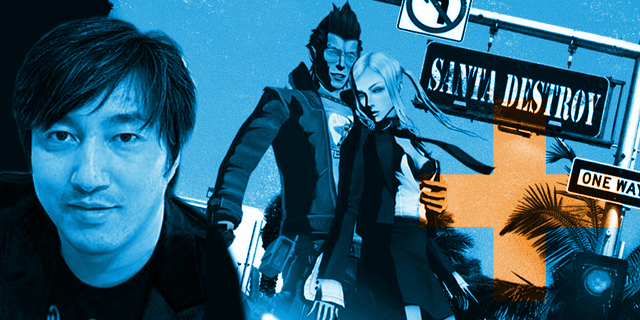
Check out part one of this feature here.
From this point forward, all of Goichi Suda’s projects would veer away from the same brand of craziness that was Killer7, focusing more on developing the gameplay. That’s not to say we never saw more of Suda51 trappings in his games, they just felt more subdued in comparison. Suda and Grasshopper Manufacture went on to create other projects after Killer7, but it wasn’t until 2008’s No More Heroes that we saw their real return to form.
Gameplay-wise, No More Heroes is definitely a large step up from Killer7, with satisfying core mechanics that keep you wanting to play more. It was also one of the few (initially) Wii-exclusive action titles that did not rely on waggle. This alone is one of the main reasons why it stands out in my mind. That being said, there was still a clever use for the motion controls, but it was never overbearing. It simply allowed for a little extra strategy during fights (the position of the Wii Remote, either high or low, was where your beam katana was positioned, which was useful depending on the specific battle) and performing some satisfying finishing moves. Most of the best Wii titles were ones that never relied too heavily on the motion controls, but used them in a clever way that made it seem perfect for the system.
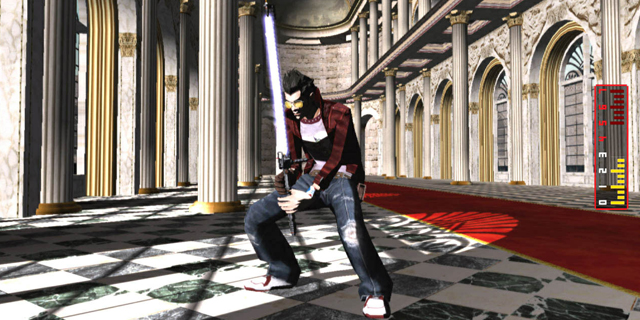
While it was far from the same level of insanity that Killer7 provided, the story of Travis Touchdown is still odd in many ways. It focuses on his attempt to become the number-one-ranked assassin in the world only to be able to sleep with a woman, which is something you can only expect from Suda. Travis himself is as dorky as can be, but his lack of reluctance for killing hundreds of people in order to achieve his (rather silly) goal makes him seem a lot darker than he first appears to be. At least, you would be thinking that if you weren’t playing a Suda51 game.
Travis is actually an incredibly likable character, even with his desire to kill people for the mere affections of a woman. No one will ever say they can relate to him (at least not entirely), but there’s something endearing about his goals and his almost-childlike nature. This is one of No More Heroes’ biggest strengths: the ridiculous cast of characters. What the series lacks in complex narrative, it more than makes up for with fascinating characters. Every one of the ten assassins that Travis faces is rich with personality and completely original. Even when the sequel ups the number of assassins, you still get a sense of what each character is about and why they do what they do. Both games are brimming with personality.
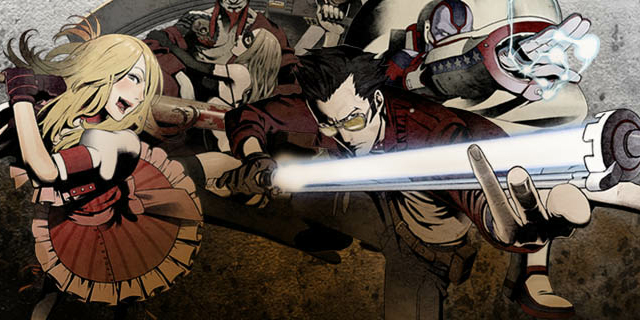
Even in Killer7, it was made abundantly clear that Suda 51 and his team at Grasshopper had an amazing talent for creating twisted, but entirely entertaining characters. I found myself in love with most of the cast in that title, but it never hit me until I played No More Heroes for the first time that he has a knack for creating characters that stay with you for a long time. Seeing Travis clash with every assassin that is thrown his way is a memorable duel, not just in terms of the fight itself, but seeing those characters interact during the scenes.
Some of these fights even reveal things about Travis’ character in surprisingly subtle ways, including the battles against Shinobu and Holly Summers. Sure, subtlety is not something you think of when No More Heroes comes to mind (thanks in no part to the immature humor that seems to be a large part of many Suda games), but it is there in surprising ways. It was during these moments that I realized just how interesting a character Travis actually is. He hates violence against women and the idea of killing them, even for his (perverted) goal, is something he cannot accept. Because of his characterization in No More Heroes, he still remains my favorite Suda character to date.
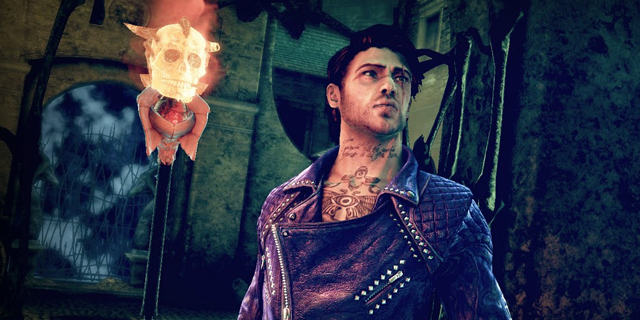
Despite Suda’s role on this project being less major than the previously mentioned games, Shadows of the Damned offers a lot of similarities in terms of memorable characterization. This is focused less on a cast of supporting characters or memorable villains and more on the character of Garcia Hotspur and his British demon-skull-friend, Johnson, which works in the game’s favor. Garcia is hotheaded and ready to do anything to save his girlfriend, who was dragged to Hell by the lord of the demons, Fleming. And then there’s Johnson, who always remains calm, cool, collected, and eager to help (and also make wisecracks) whenever necessary.
There are specific moments where Garcia and Johnson read storybooks that appear right before major boss battles. While Garcia and Johnson may not be as well-developed as Travis is, through these readings you really learn to appreciate them. My favorite is the one that Garcia attempts to read, as he tries to sound out words with Johnson’s help, which is both hilarious and won me over on his character immediately. I can’t say Garcia and Johnson develop as characters throughout Shadows of the Damned so much as their interactions allow for us, as the player, to better understand and appreciate them in ingenious and hilarious ways. It became apparent that Suda’s influence on this project was there from the very beginning.
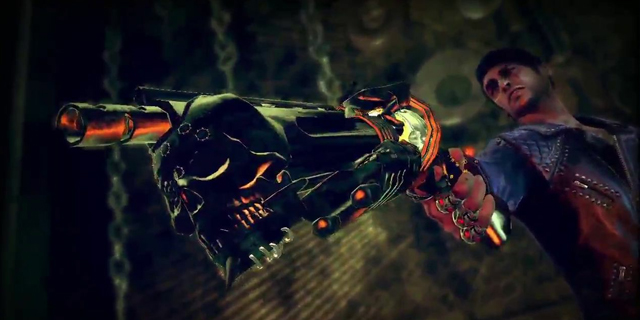
Suda51’s ability to craft such compelling and memorable characters through subtle (and sometimes not so subtle) means is one of his greatest strengths as a creative force in this industry. He’s also not afraid to put narrative first, above even gameplay, to create a somewhat lopsided but entirely unforgettable gaming experience. While we may never see a project from him that is quite like Killer7 both in terms of narrative complexity and mechanical simplicity, but his other projects show that he and his team still have plenty of amazing ideas to work with.



















